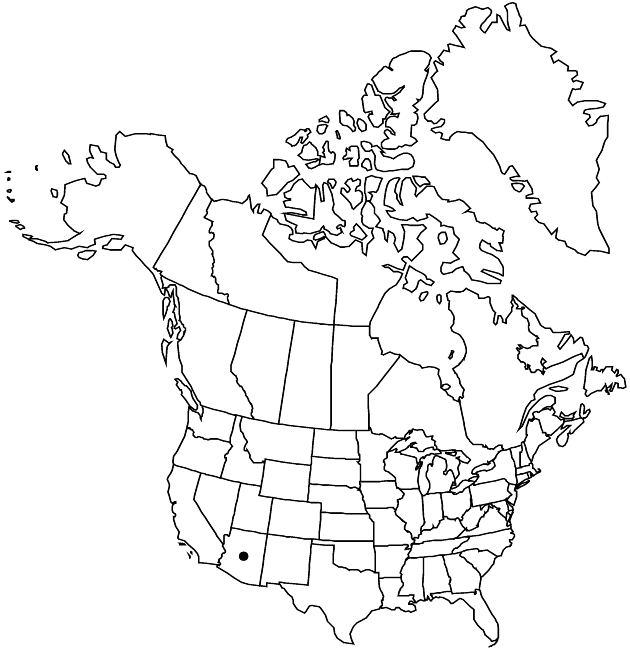Pectis imberbis
Smithsonian Contr. Knowl. 5(6): 70. 1853.
Perennials, 30–120 cm (caudices woody, 2–8+ mm diam.); herbage unscented. Stems erect, glabrous. Leaves narrowly linear, 10–50 × 1–2 mm (sometimes smaller, bractlike distally), margins with 0–1 pairs of setae, faces glabrous (abaxial dotted near each margin with a row of elliptic oil-glands ca. 0.3 mm). Heads borne singly or in open, cymiform arrays. Peduncles 10–80 mm. Involucres cylindric. Phyllaries distinct, linear-oblong, 5–9.5 × 1–1.5 mm (each dotted with 1–2 swollen, subapical oil-glands and a row of 2–3 linear, submarginal oil-glands on each side of midrib). Ray florets 5; corollas 6–11 mm (laminae often dotted near margins with inconspicuous oil-glands). Disc florets 4–7; corollas 3.7–6 mm (lobes 5, equal, each with 1 subterminal oil-gland). Cypselae 3.5–5 mm, puberulent (hair tips blunt); pappi of 1–3 stout awns 1–2 mm or coroniform. 2n = 24.
Phenology: Flowering Aug–Oct.
Habitat: Pine-oak-juniper woodlands, grasslands, arid shrublands
Elevation: 1000–1700 m
Distribution

Ariz., Mexico (Chihuahua, Sonora).
Discussion
Pectis imberbis occurs in relatively small, widely separated populations. Overgrazing may be a factor in the scarcity of these plants. They are generally more than 25 cm before they begin to flower and may be unable to reproduce under grazing pressure.
Selected References
None.